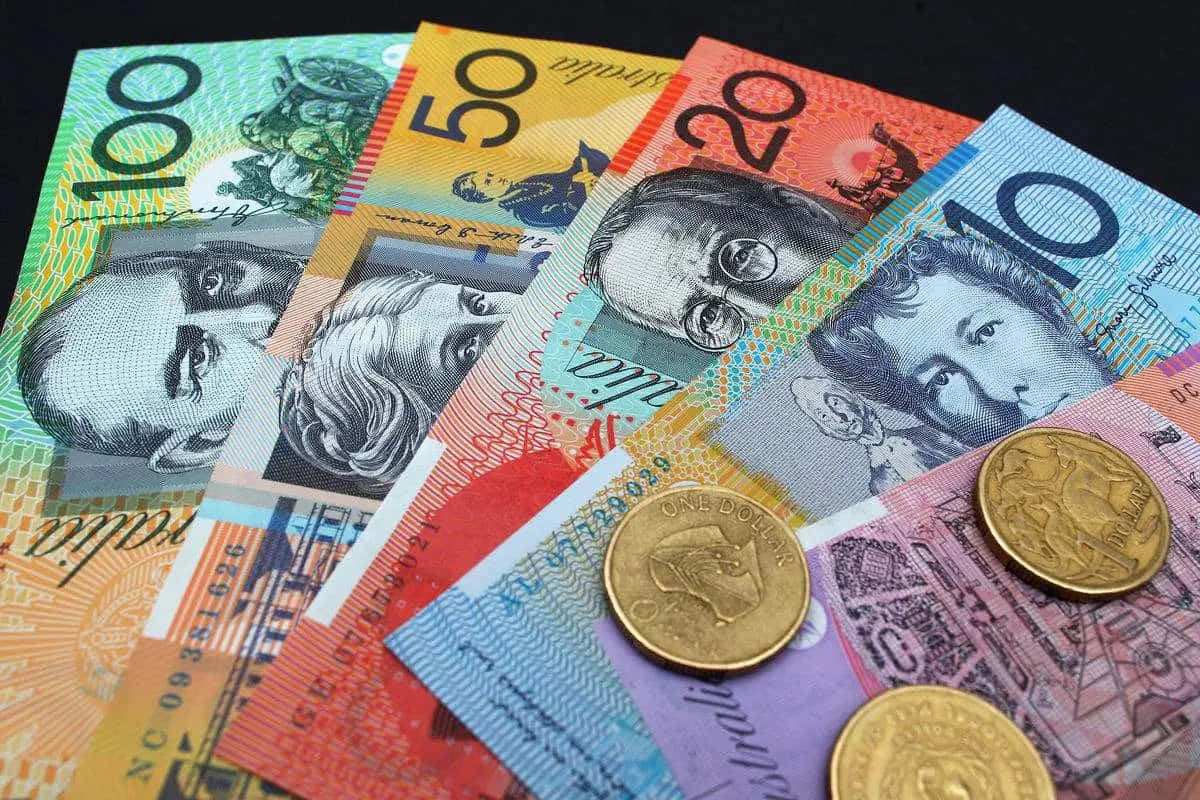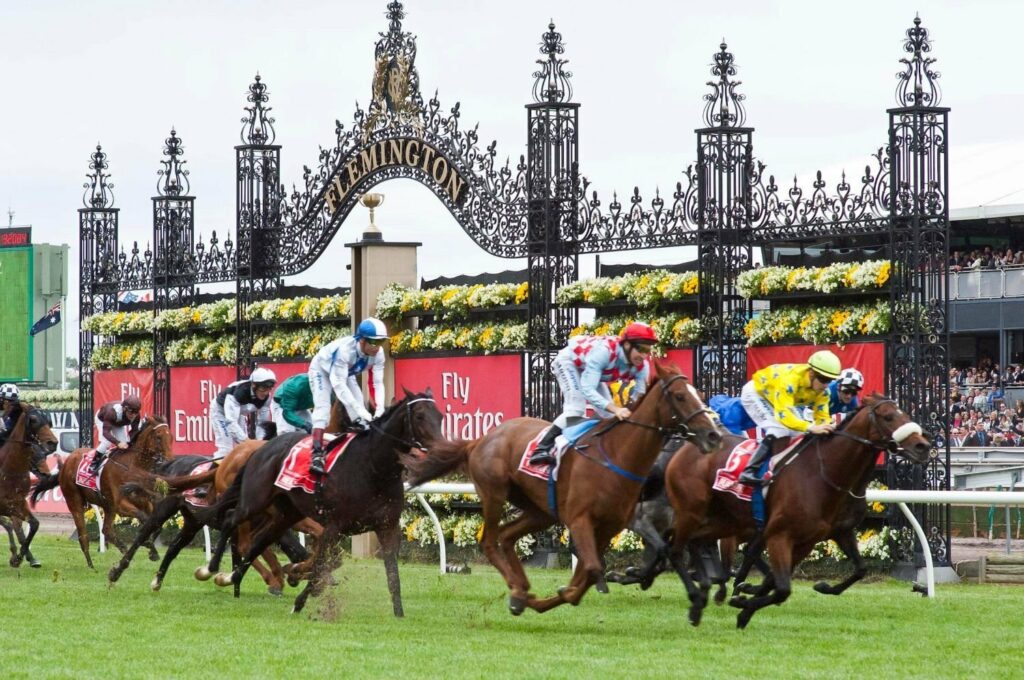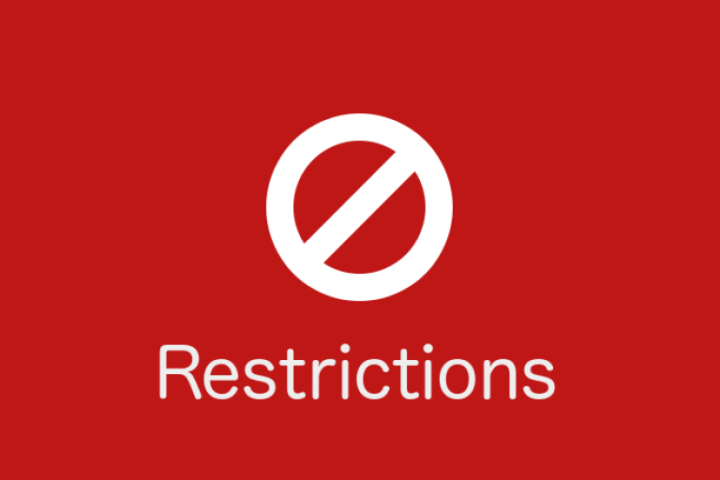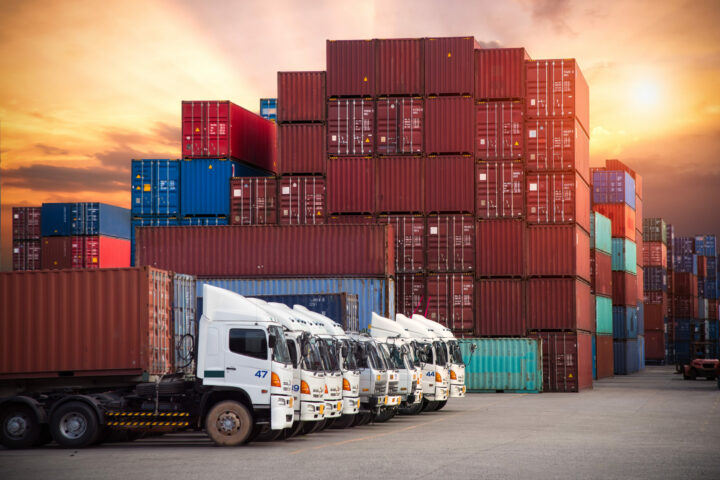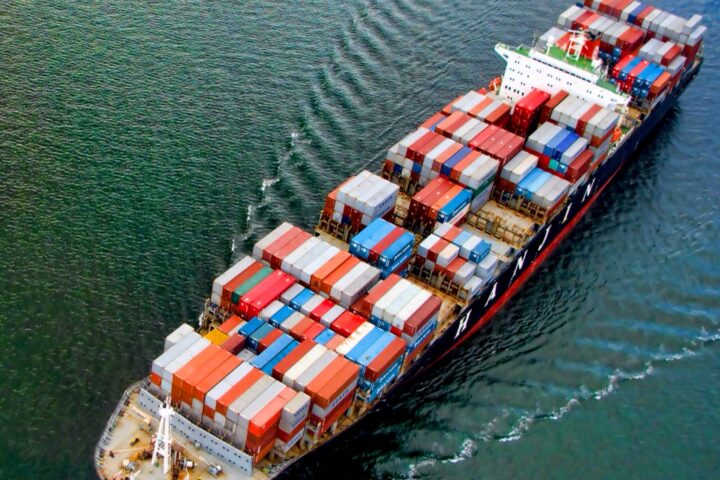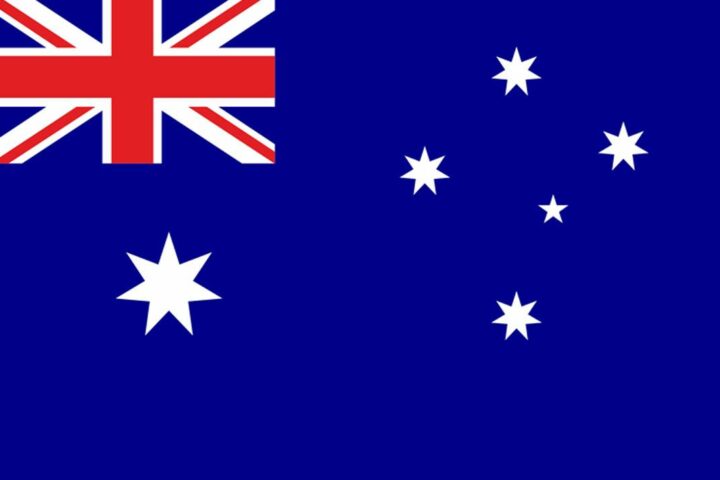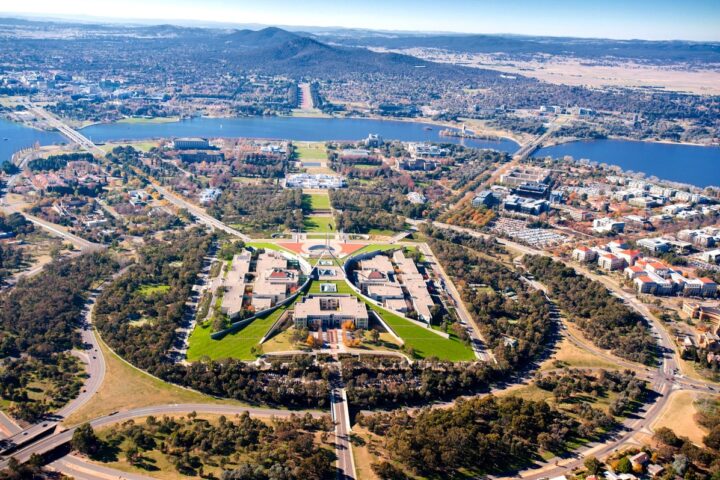Introduction to the Australian Dollar
The Australian dollar (AUD) serves as the official currency of Australia and its external territories, including Christmas Island, Cocos (Keeling) Islands, and Norfolk Island. Managed by the Reserve Bank of Australia (RBA), the AUD plays a pivotal role in the country’s economy and daily transactions.
History and Evolution
The transition to the Australian dollar occurred on February 14, 1966, replacing the former Australian pound at a rate of 2 AUD to 1 GBP. This change was part of a broader decimal currency transition, simplifying transactions and aligning with global currency standards.
Design and Denominations
Australian banknotes are renowned for their vibrant polymer construction, introduced in 1988 to enhance durability and security against counterfeiting. Currently, the series includes denominations of $5, $10, $20, $50, and $100, each featuring iconic Australian figures, landmarks, and wildlife.
Coins and Iconography
Australian coins range from 5 cents to $2, with distinctive designs reflecting the nation’s cultural and natural heritage. The $1 coin typically features kangaroos, while the $2 coin showcases Aboriginal elder Gwoya Jungarai, known as One Pound Jimmy.
Usage and Acceptance
The Australian dollar is widely accepted across the country, facilitating seamless transactions in retail, hospitality, and services sectors. Cash remains popular, supported by an extensive network of ATMs, though digital payments via cards and electronic transfers are increasingly prevalent.
Economic Significance and Global Trade
As a floating currency, the AUD’s exchange rate fluctuates based on economic indicators, commodity prices (especially gold and iron ore), and global market dynamics. It is actively traded on international foreign exchange markets, influencing Australia’s trade balance and economic stability.
Fun and Interesting Facts
- Polymer Banknotes: Australia was the first country to introduce polymer banknotes, setting a new standard in currency durability and security.
- Changing Designs: Banknotes are periodically updated to incorporate advanced security features and showcase diverse aspects of Australian culture and history.
- Distinctive Coins: The $2 coin is unique for its composition of an aluminum-bronze alloy, distinguishing it from other global currencies.
Commonly Asked Questions
What is the current exchange rate of the Australian dollar?
The AUD’s exchange rate fluctuates daily and can be monitored through financial news platforms or currency exchange websites.
Can Australian dollars be used in other countries?
While primarily used within Australia, some Pacific island nations and territories maintain informal acceptance of the AUD due to historical connections or tourism.
How can I exchange foreign currency for Australian dollars?
Foreign currency can be exchanged at banks, currency exchange bureaus, major airports, and some hotels. Exchange rates and fees may vary.
Is it safe to carry cash in Australia?
Australia maintains a high level of safety, but it’s advisable to exercise caution when carrying large sums of cash, especially in tourist areas.
Which currency is mostly used in Australia?
The currency mostly used in Australia is the Australian dollar (AUD).
What is the currency of Australia called?
The currency of Australia is called the Australian dollar (AUD).
What are some interesting facts about Australian currency?
Australian currency is notable for its polymer banknotes, introduced in 1988, which are more durable than paper notes. Each denomination features different Australian personalities, from explorers to Aboriginal leaders.
What currency is spent in Australia?
The currency spent in Australia is the Australian dollar (AUD).
What is the new currency in Australia?
There is no new currency in Australia recently. The Australian dollar has been the official currency since 1966.
How much is 1 Australian dollar in Indian rupees?
The exchange rate fluctuates, but approximately, 1 Australian dollar is around 50 Indian rupees (INR).
How much cash is in Australia?
The amount of physical cash in circulation in Australia varies and is regulated by the Reserve Bank of Australia (RBA) to ensure economic stability and meet demand.
What is Austria’s currency?
Austria’s currency is the Euro (EUR), as it is a member of the Eurozone.
Conclusion
Understanding the Australian dollar is essential for residents, tourists, and businesses operating within the country. By grasping its history, design elements, economic significance, and practical usage tips, individuals can navigate financial transactions with confidence.
- Cities And Towns In Miller County, Arkansas - September 13, 2024
- Cities And Towns In Marin County, California - September 12, 2024
- Cities And Towns In Maricopa County, Arizona - September 12, 2024

